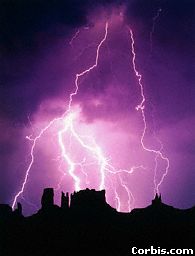Bubble related applications include: sonochemistry, photoelectrochemistry, lightning, the Lenard effect and waterfall electricity, thundercloud electrification, Sprites, St. Elmo's fire, ball lightning, tornado warning devices, and weather modification to reduce the intensity of tornadoes and hurricanes.
SL is proposed caused by the cavity QED induced frequency up-conversion of IR radiation to the VUV.
During bubble nucleation, surface tension may form a spherical liquid particle leaving an annular gap with the expanding bubble wall. If not, the bubble is a void filled with the vapor of the liquid. Nucleation is a complex non-equilibrium process, but may be conceptually bracketed between empty and non-emptly bubble configurations. Indeed, at some point in the nucleation process the EM resonant frequencies of the the configurations must have passed through the VUV. In this transient process taking place at ambient temperature, the thermal kT energy of atoms and molecules on the surfaces of the bubble confingurations that is usually emitted at far IR frequencies is suppressed by the adjacent VUV resonant cavities, the process taking place over a few hundred picoseconds.
To conserve EM energy, the suppressed IR radiation can only be conserved by a prompt gain in EM energy in the adjacent VUV resonant cavities. Thus, it may be said that cavity QED induces the far IR radiation from the atoms and molecules to undergo a frequency up-conversion to the VUV.
In water, the VUV radiation dissociates water molecules on the VUV resonant surfaces into hydronium H3O+ ions, hydroxyl OH- radicals, and excited *OH states. Subsequently, Ar*OH excimers form from the Ar in atmospheric air dissolved in the water.
By this SL theory, the light observed during bubble collapse is produced as the Ar*OH excimers decompose in the high stagnation pressures developed in collapse as the bubble walls collide, but otherwise the collapse occurs at ambient temperature. In contrast, the hot spot theory of SL relies on the compression heating of bubble gases to temperatures in excess of 50,000 K to produce SL light.

